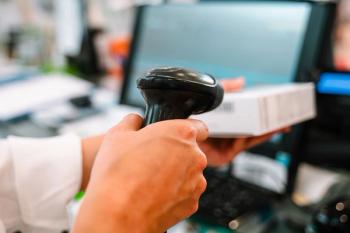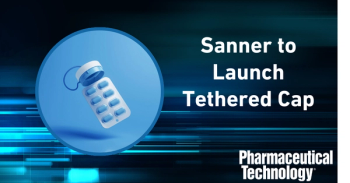
Blister Packaging Trumps Bottles For Patient Compliance, Study Shows
Blister Packaging Trumps Bottles For Patient Compliance, Study Shows
Patients taking medication packaged in a blister card sleeve rather than in a traditional bottle are more likely to take the prescribed dosage at the proper time, a study conducted by researchers from
“Packaging can assist patients with compliance,” says Renard Jackson, executive vice-president of sales and business development at
The purpose of the study was to determine whether or not a compliance-prompting package could improve patient adherence to a drug regimen for a chronic disease. The disease state studied was hypertension and the drug used was lisinopril. The 88 study participants were divided randomly into two groups: one group was provided with the drug in a bottle package and the other with the product in a blister card, in which a 28-day supply was set up in a four-week regimen. The prompting feature on the blister package was a day label that the patient placed on the top of the card when the first dose was ingested.
According to the two-year long study, 14% more of the patients using the blister card packaging refilled their prescriptions on time than did those using the bottle packaging. More important, 48% of the subjects in the blister-pack group lowered their diastolic blood pressure after 12 months, as opposed to only 18% of the participants using bottled product. A few patients, however, complained that the blister packaging was difficult to open.
“As the federal government develops policies for new prescription drug benefits for older adults, there is a need to consider how these medications are distributed,” said Phillip Schneider, the study’s lead author and a clinical professor of pharmacy at Ohio State University. “Although blister packs are slightly more expensive than a bottle, people often forget to take their bottled medications, or get confused on how to take them properly. Offering long-term medication in this type of packaging could ultimately save millions of dollars.”
–George Koroneos
Newsletter
Get the essential updates shaping the future of pharma manufacturing and compliance—subscribe today to Pharmaceutical Technology and never miss a breakthrough.




